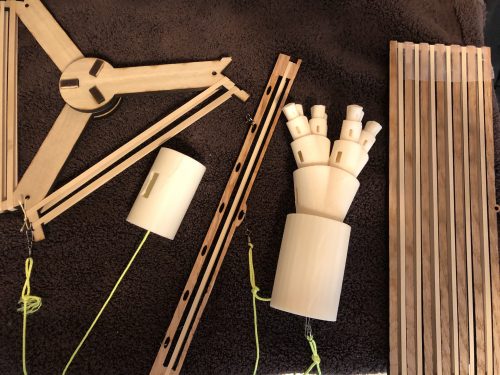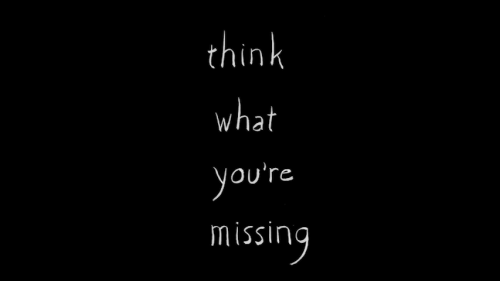
I’m excited to premiere a new work for invented instruments and electronics on Saturday as part of the Birmingham New Music Festival. Crow Chases Red-tailed Hawk uses bullroarers and other instruments that make sound when swung overhead on the end of a string. I’ve been working on prototypes for these instruments–whistles, buzzers, hummers, swoopers–for the last few months and this will be their first public outing.
Birmingham New Music Festival
Mostly Improv Night
October 12, 2019 at 7PM
East Village Arts of Birmingham
7611 1st Ave N, Birmingham, AL 35206
I need help naming the instruments, so please come to the show, listen, and give me your best suggestions for names.


